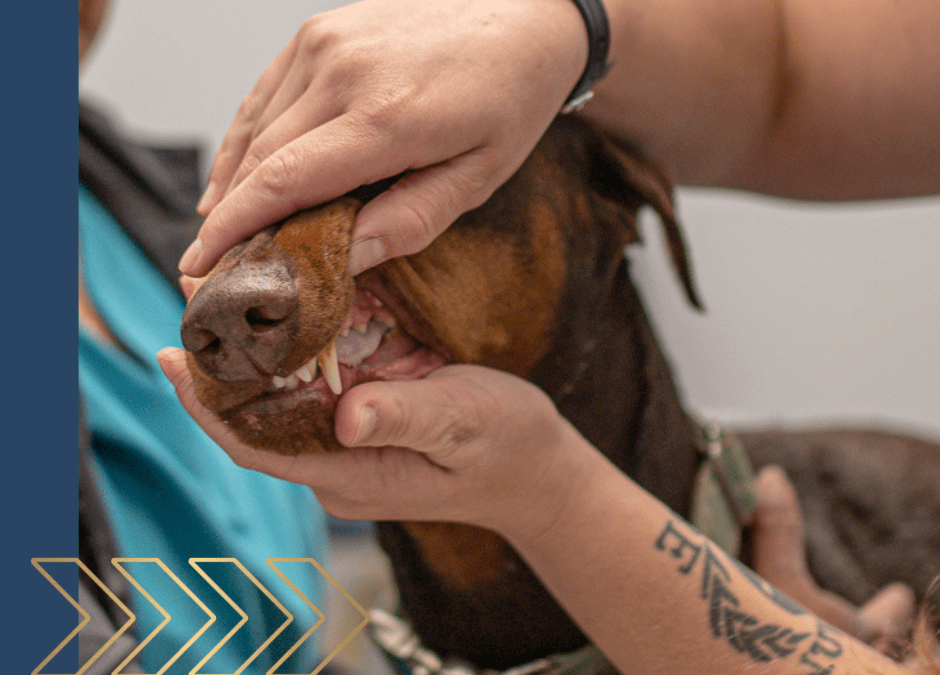Preparation:
Before the dental procedure begins, the veterinarian conducts a thorough examination of the pet’s overall health. This includes assessing the animal’s medical history, checking for any existing health conditions, and possibly conducting pre-anesthetic bloodwork to ensure your furry friend’s safety during the procedure.
Anesthesia:
To ensure the comfort and safety of the animal during the dental procedure, anesthesia is administered. Anesthesia is crucial for keeping the pet still, preventing any potential stress or discomfort. The dosage is carefully calculated based on the pet’s weight, age, and health status.
Monitoring:
Throughout the dental procedure, the veterinary team monitors the pet’s vital signs, including heart rate, blood pressure, and oxygen levels. This continuous monitoring ensures immediate response to any unexpected changes in the animal’s condition. Here at Riverside Vet, we have TWO dedicated technicians at all times for any pet that requires anesthesia.
Oral Examination:
With the pet under anesthesia, the veterinarian conducts a detailed examination of the oral cavity. This involves checking for signs of periodontal disease, cavities, broken teeth, or any abnormalities in the gums and oral tissues. X-rays may be taken to get a more in-depth view of the teeth and roots, so we know what is going on inside the teeth as well as below the gumline.
Scaling and Cleaning:
One of the primary objectives of a veterinary dental procedure is to remove plaque and tartar buildup on the teeth. Using specialized dental tools, the veterinarian carefully scales the teeth, removing deposits that can lead to gum disease and other dental issues. The process also includes cleaning below the gum line where bacteria tend to accumulate.
Polishing:
After scaling, the teeth are polished to create a smooth surface that helps deter the accumulation of plaque and tartar. Polishing also gives the teeth a cleaner and healthier appearance.
Extractions and Treatments:
In some cases, damaged or diseased teeth may need to be extracted. The veterinarian will carefully remove any problematic teeth and may administer local treatments or antibiotics if necessary to address infections.
Post-Procedure Care:
Once the dental procedure is complete, your furry friend is carefully monitored as it wakes up from anesthesia. Post-operative care instructions are provided to pet owners, including information on pain management, diet, and at-home oral care.
A veterinary dental procedure is a comprehensive and vital aspect of pet healthcare. By providing proper oral care, pet owners contribute to their animals’ overall well-being, ensuring they live happy and healthy lives. Regular dental check-ups and professional cleanings not only prevent oral health issues but also contribute to the longevity and quality of life for our beloved furry friends.

